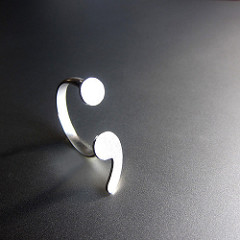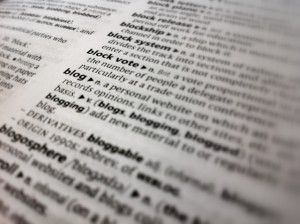Although these posts are mainly geared to writing in the workplace, let’s look at common speech for three symptoms of failures to communicate concisely:
1. Blah, blah, blah. When we are telling a story or explaining something and we insert “blah, blah, blah,” we may or may not be using the phrase well. If we are commenting on something that was boring or wordy, “blah, blah, blah” communicates. But when we catch ourselves getting longwinded, saying “blah, blah, blah” only calls greater attention to our failure to organize our thoughts or cut down on the details.
(Granted, in the age of Seinfeld, “yada, yada” served as a cute substitute that may have deflected the acknowledgment that we were communicating inefficiently, but the last Seinfeld episode appeared in 1998.)
2. Over and over again – sometimes used in repeated over and over again, making it even worse. The irony here is that this wording often crops up when pundits are commenting on a political point that has become stale, but the pundits are guilty of making the point even more tiresome with their fat phrasing. Why not opt for “over and over,” without the “again,” or just “repeatedly”? (The fill in the official has said repeatedly that he fill in the denial.)
3. So to make a long story short. Ugh (see blah, blah, blah). And, of course, when we utter this cliché, we are vulnerable to someone heckling us with “Too late!”
The writing advantage
Yes, we are all guilty of communicating inefficiently when we talk, but the writing process gives us the opportunity to perfect our communications in two primary ways:
- We have time to organize our thoughts.
- We can edit our work.
You can go to http://www.normfriedman.com/index.shtml to learn more about my workshops on writing in the workplace, individual coaching, editing, and handbook – 100+ Instant Writing Tips. Thank you.










